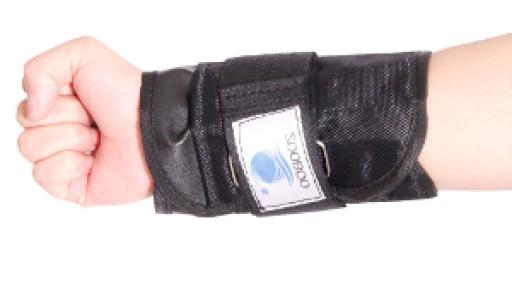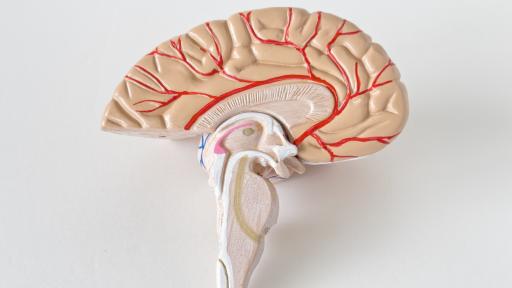Deep brain stimulation is sometimes used to treat serious tremor in multiple sclerosis (MS).
Deep brain stimulation involves surgery to permanently implant electrodes in the area of the brain called the thalamus. A battery is implanted near the collarbone. This sends pulsed messages to the electrodes that block the nerve messages that are believed to cause tremor.
Deep brain stimulation was originally developed for Parkinson's disease. There have been few studies of the long-term effects in MS. The studies that have taken place found it worked in around 85% of people. However, the effects of treatment were short lived with symptoms returning within three to six months after surgery.
The operation itself carries some risks. A small number of people have a brain haemorrhage during the surgery, and there is the risk of infection, as with all invasive surgery. There is also the chance of developing significant new symptoms, such as speech and swallowing disorders, and balance problems.
Deep brain stimulation tends to be used only for very disabling tremor.


